The Private Label Optimization Guide
How to Optimize Your Private Label Business and Build Your Brand on Amazon
With nearly 3 million active sellers on Amazon’s marketplaces worldwide, competition is at an all-time high. Sellers are increasingly turning to private label strategies to stand out from the crowd.
Yet, private labels face their own set of challenges and often lack the affinity and recognition that their name-brand counterparts experience. What can you do to maintain visibility in Amazon’s saturated market?
In this guide, our Amazon experts outline three key components of private label selling and bespoke strategies that will help you drive discoverability, sessions, and conversions.

1. Introduction
The Rise of Private Labels on Amazon
Competition on Amazon’s marketplace is at an all-time high. There are nearly 3 million active sellers on Amazon marketplaces worldwide, up more than 17% from last year, according to Marketplace Pulse, which defines an active seller as one with products listed for sale.1
As such, the role of the third-party (3P) seller is changing. In fact, the segment is rapidly shrinking, as category saturation and growing competition push 3P sellers off the platform. In 2019, less than 24% of the top 3P sellers were resellers compared with 31% in 2016.2
As Amazon’s marketplace becomes increasingly crowded, sellers are more often expanding to new categories or sub-categories, often with private labels, to better stand out from the competition and differentiate themselves in the market.
62% of Amazon sellers have private label products in their catalog.3
Furthermore, nearly one-third (32%) of Amazon sellers plan to launch a new private label brand this year. Over a quarter currently have catalogs that are 100% private label and over one-third stated that private label products make up 60% or more of their catalog — and these numbers are poised to increase.
Certainly, a private label strategy offers immense profit potential and the ability to sell items made by other manufacturers under your own, unique brand name. However, as with any business operation, a private label strategy also presents its own set of challenges and distinct nuances that you must first understand in order to be successful.
In this guide, “How to Optimize Your Private Label Business and Build Your Brand on Amazon,” we outline three key components of private label selling and bespoke strategies that will help you overcome these challenges to drive discoverability, sessions, and conversions, as well as ensure brand equity, customer loyalty, and more.

2. Improving Private Label Visibility on Amazon
How to Drive Product Discovery, Sessions, and Conversions
66% of consumers start their search for new products on Amazon.4
From awareness and product searches to price comparisons, conversions, and more, Amazon is at the forefront of consumers’ shopping journeys. Brands today know they need an Amazon presence to be where their customers are — 55% of brands are currently selling on the platform and 48% are inclined to start this year.5
As more brands implement Amazon into their e-commerce mix, maintaining visibility is increasingly challenging, particularly for private labels that might not have the same brand name recognition as their competitors who are stealing their demand — many of whom are nationally recognized name brands.
Private label sellers are posed with a different set of challenges than resellers of competitive items. Whereas resellers vie for the “golden” Buy Box to outperform the competition and increase their chances of making sales, private label sellers depend on Amazon search. Without direct competition for your item, the Buy Box is essentially rendered useless.
As such, Amazon private label sellers must prioritize strategies that promote product visibility to make discovery of your products easy for Amazon shoppers. A product with healthy search rankings and SEO-rich detail pages is more likely to appear near the top of an Amazon search engine results page (SERP) and, ultimately, will lead to increased sales and conversions.
How Amazon Search Works
Amazon’s search function is powered by its A9 algorithm. Given that Amazon is a product-based search engine designed for making purchases, the algorithm works to an advantage, as it does not need to consider informational search intent like “how to” searches from users. Instead, it can focus on pairing consumers with the most relevant products based on their search.
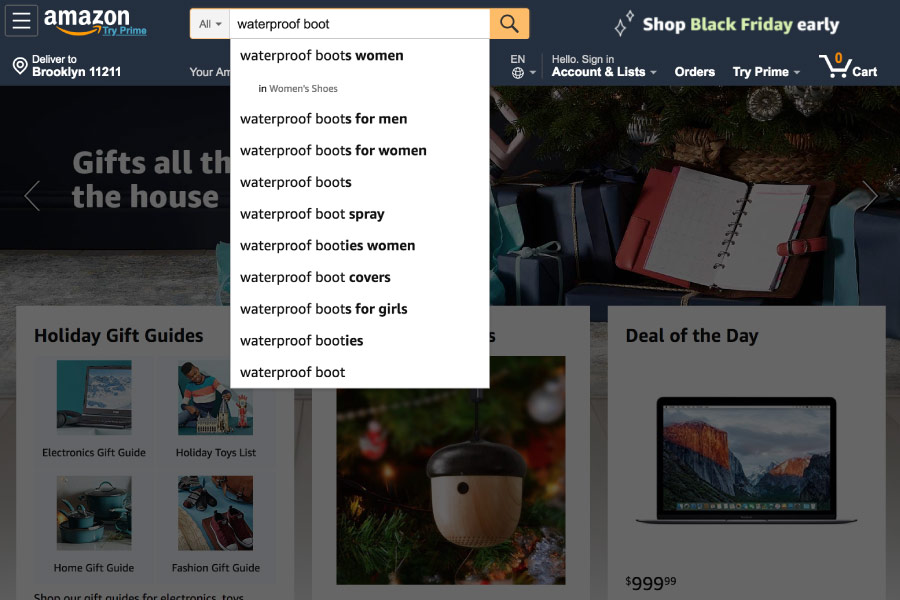
While the A9 algorithm is constantly evolving, there are several significant factors at play that you should note. These include your item’s sales velocity and its relevance to the search terms used in a customer’s query. Related factors such as search history, product reviews, conversions, and pricing also influence your search relevancy.
Private Label Pricing
Amazon is a dynamic marketplace in which market conditions change constantly. From stockouts to Lighting Deals to sales and more, there are constant variables that impact the demand and effective price points for your items.
Yet, many Amazon sellers only change the prices of their private label items once per month or, worse, once per quarter. Those who are slow to adjust their product prices are consequently slow to adapt to changes in market conditions and risk losing out on increased profit potential.
The prices of your items not only impact your sales but also affect your search position, discoverability, conversion rate, and more. To optimally price your private label products, sellers must have a complete understanding of all the layers within Amazon’s competitive sphere as well as insight into how these variables impact the demand and price points of their items. There are several product types that must be taken into consideration:
Competing:
Competing products are those that satisfy the same consumer need as your product, but factors such as their price or brand name dictate a customer’s preference, ultimately impacting your demand (i.e. Nike versus Adidas).
Complementary:
These products are not the same, but are often associated or paired with another product in which the demand for one impacts the demand for the other (i.e. a lamp versus a lightbulb).
Substitute:
While these items are not necessarily the same, they could be used for the same purpose and are identical, similar, or comparable to another product in the eyes of the consumer (i.e. peanut butter versus almond butter).
For each of these product types, sellers must understand the correlation between that product and their own product to determine their price points. Through machine-learning algorithms, Feedvisor’s ProductSphere™ pricing technology maps the competition, identifying up to 1,000 competing, complementary, and substitute products that correlate to an item’s demand, on a SKU-by-SKU basis. The technology pinpoints who you are competing against, effectively prices your products against those other items in real time, and tracks the influence of those price changes on demand.
Keyword Optimization
Similar to Google, Amazon’s search results greatly depend on keywords, which are used to match customer search queries to relevant ads and products on Amazon. Long-tail search terms are more effective in specifying what a user wants. On the other hand, when a short-tail or broad search term is used, Amazon is forced to display the most relevant items associated with that term.
For instance, type in the word “apple,” and Amazon will display a wide variety of products related to that term, ranging from produce to household items to electronics. The more relevant and detailed the search term, the more relevant Amazon’s search results.
As a private label seller, you will always want to research which keywords rank highest for your type of product or otherwise lose out on the opportunity to leverage high-traffic, trending terms that fuel discoverability and conversions.
For example, if you only use the term “shorts” to describe a men’s bathing suit, you will likely see a negative impact on your product’s placement in search. Given that precise, long-tail search terms are more effective, you will want to incorporate long-tail keywords into your product listings to optimize for search.
However, you must be sure to avoid keyword stuffing — or over-injecting keywords into your product listings in the hopes to improve your search rank. Long titles and product descriptions with excessive keywords impact the flow and clarity of your content, ultimately resulting in a poor customer experience and, likely, a lost sales opportunity.
3 Factors That Affect Amazon Search
Product listings, sales, and reviews all factor into the search relevancy of your product. The listing tells Amazon and the shopper what the product is, while sales prove that there is demand for your product. Customer reviews provide shoppers social proof that the product is worth buying. Below we outline tactics and best practices to optimize your product for these key factors.
1. Listing Optimization
Listing optimization is the No. 1 factor that is entirely in your control. When creating your product listings, it is important to balance great, informative content with high-ranking keywords.

Product Title:
Your product title is the first thing customers see when they visit your detail page. The words in the title also determine where the product appears in an Amazon SERP. Having a concise and relevant title will drive the most traffic to your product listing.
;

The most important, relevant keywords for your product should go in your title. According to Amazon, product titles should be approximately 60-100 characters long and should mimic what would be on the physical packaging of your product.
A strong title will include your brand name, product line, color, size, material or key feature, as well as the packaging or quantity. You will also want to order each of these in such a way that places the most relevant keywords first.
Backend Keywords:
Amazon gives you the chance to add “hidden” keywords to your product listings. Although not displayed, these keywords are extremely useful for optimizing your search results. Amazon limits the length of these search term attributes to less than 250 bytes, a limit that applies to both newly registered and existing ASINs.
This section is where you can include any keywords that did not naturally fit into the title or description, other high-ranking long-tail keywords, variations, and even abbreviations that rank highly. Below are a few tips to optimize your search terms:
- Stay under the length limit. If your backend keywords exceed the 250 bytes limit, Amazon will not index them and your product will no longer be displayed for those keywords in Amazon’s search results.
- Include keyword synonyms.
- Include spelling variations, but there is no need to include misspellings.
- Include abbreviations and alternate names.
- You can use all lowercase characters.
- Separate words with spaces.
- Do not include product identifiers such as ASINs, your brand name, or other brand names in the search terms field.
- Avoid temporary statements such as “new” or “on sale now.”
- Do not use subjective claims such as “best” or “amazing.”
- Do not add abusive or offensive terms.
- Do not repeat any keywords.
Product Bullet Points:
Here, you can include several bullet points to highlight the core features and benefits of your product while incorporating your most important keywords. The bullet points appear in an “About the product” section and provide a quick overview of the product, so you should save that space for the most important information that you want to convey. This could include information around why your products may be better than a competitor’s option, for example. Think about customer pain points and address how your product solves them in this space.
;

While you want to include important information and product attributes, avoid lengthy bullets that could clutter your product detail page and lose the shopper’s interest. If you are registered in Seller Central, each bullet point can comprise of up to 500 characters, whereas in Vendor Central, the limits vary based on your product category. On average, each bullet can consist of up to 250 characters.
Product Description:
Amazon’s A9 algorithm tends to prioritize products that sell more, so you want to write a compelling description that leads to conversions rather than simply being informational. The product description is where you can provide more detailed product information and more engaging marketing language to help answer any potential questions that the customer might have, while simultaneously demonstrating any value-added benefits or features of the product.

;
Be sure to cover the information that customers would use when comparing similar products. Try to make your copy sound natural and convincing from a sales point of view, while also including your relevant keywords in a natural way.
Thorough product descriptions allow the customer to imagine the experience of handling or owning the product themselves. What would you want to feel, touch, ask, or see if you were in their position?
The description is an ideal location to represent your brand story and mission, gain trust and establish credibility, call out target customers, and mention a scenario where your product would typically be used. Keep in mind that the descriptions should be limited to 2,000 characters to avoid losing the customer’s attention.
Product Images:
No product listing would be complete without high-quality photos and imagery. To say that these photos will increase your sales is an understatement. In fact, aside from price, your images are the most important element of your product listing. Ideally, you want at least three professional-grade images to help shoppers visualize how your product looks, feels, and functions.
;
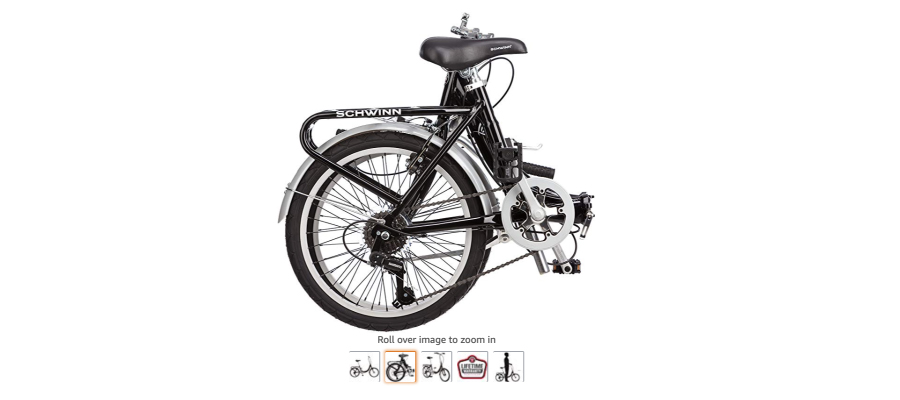
Products with great images are more likely to capture a shopper’s attention and increase conversion. Amazon considers images so crucial that it will suppress a listing from search if the photos do not meet its standards. At the minimum, your images must satisfy Amazon’s technical requirements. Below are several tips to optimize your images and increase conversions:
- Take high-resolution images to give your product a more professional, legitimate look. If necessary, hire a professional photographer.
- Use a “background whitening” service to ensure your product photo has a 100% white background.
- Ensure that your photos are at least 1,000 pixels or larger in height or width to enable Amazon’s “zoom in” feature — when customers move their mouse over the image, a larger version appears with greater detail.
- Your photos should be well lit. Shoppers will not buy what they cannot see.
- Highlight key features of your product by taking detailed photos. Let the photos show off your product first and your bullets can explain their significance.
- Try featuring different images to see how they affect your conversion rates.
2. Sales
Unlike listing optimization, you do not have complete control over your product’s sales, which imparts your product’s demand. Amazon has an extraordinary data point that most search engines do not have — its data is utilized to determine which products shoppers find most relevant. What better way to determine what customers want than by measuring what they have voted for with their own wallets?
Regular sales ensure that your product will be discovered in Amazon search. The more competitive the category, the more sales you need to rank highly. In addition, the more recent sales you have, the more “sales points” you will receive. Older sales still add value, but relevant sales are weighed significantly higher for search relevancy. We will discuss how to elevate your sales later in this guide.
3. Product Reviews
Reviews are vital in driving sales to your products. The number of customer reviews, as well as how recent they are, can determine where your product is displayed in search. There are numerous tactics that you can employ to generate quality product reviews:
Offer exceptional customer service.
Beyond the quality of your product, you want to impart exceptional customer service to shoppers before, during, and after a purchase. Ensure that your packaging is easy to open and looks professional. Use sturdy and high-quality boxes or envelopes, and be sure to include any necessary directions or instructions for your product’s use.
You can also consider whether to add a cute, quirky, or simple request for feedback in the packaging slip for the shopper’s order. This will all help mitigate the risk of an unhappy customer before the product is even used.
;

Join Amazon’s Early Reviewer program.
To help you accelerate the process of acquiring reviews, Amazon created the Early Reviewer program, which encourages customers who have already purchased a product to share their authentic experience about that product, regardless of whether it is a 1-star or 5-star review.
The buyer will receive a $1-$3 Amazon voucher for the review, which will then appear on Amazon with an orange badge that reads, “Early Reviewer Rewards.”6
Participate in the Amazon Vine program.
If you are launching a new private label product or brand, it can take weeks or months to begin generating customer reviews that will improve your search rank. While Amazon’s Early Reviewer program is designed for pre-existing customers to write reviews, the new Amazon Vine program enables select, trusted Amazon shoppers to review new and pre-release products to help inform purchase decisions for other shoppers.
Amazon invites specific customers to become “Vine Voices” based on their reviewer rank, which indicates how helpful and insightful their reviews are, as judged by other Amazon customers. In return, Amazon gives Vine members free products that have been submitted to the program by participating sellers and brands. Reviews that are Vine-approved have a green stripe on them and may reference a note, such as “Top 100 Reviewer.”7
Use a third-party automation tool to create lines of communication.
Opening up lines of feedback with customers should be a baseline strategy for every seller. You can email the customer to see if he or she is enjoying the product, rather than first sending a solicitation email. If a customer is not enjoying your product, you should let him or her vent about the product or experience via email. The goal is to de-escalate the situation so that the customer does not write a poor review later on.
Customers tend to respond to more personalized emails and messages, so the more focused you are, the better. To note, Amazon does not penalize sellers for soliciting feedback from customers, so simply asking will not impact your order defect rate.
How to Drive Sessions and Conversions
Sales are crucial to improving your product’s standing on Amazon’s SERP. To encourage more sales, you need to attract more viewers to your product pages. In regard to Amazon metrics, you would be driving both sessions and conversions.
A session is a unique visit to your product page over a one-day period, while a conversion is a sale that occurs on your product page.
To calculate your conversion rate, simply divide the number of total sessions in a given time by your sales. While ranking on the first page is every private label seller’s dream, increasing session views should be every seller’s goal.
Whether you need to boost your product sales or launch a product, you will want to explore your marketing options. The marketing tactics you pursue can have a huge impact on your sales and, ultimately, where your products land on the SERP. Some marketing tactics include product sampling, product discounting, Amazon Sponsored Products, and Amazon Lightning Deals.
The majority of marketing campaigns are measured by their number of conversions — not just sessions. However, that goal can vary depending on the type of campaign you are implementing. For example, if you ran a brand awareness campaign, then you might define success by the number of session views. If you recently launched a new product and need to fulfill orders, then you would define success by sales conversions.
Click the link below to learn more about how Feedvisor’s “AI-first” platform can help you pinpoint impactful keywords that increase sales.
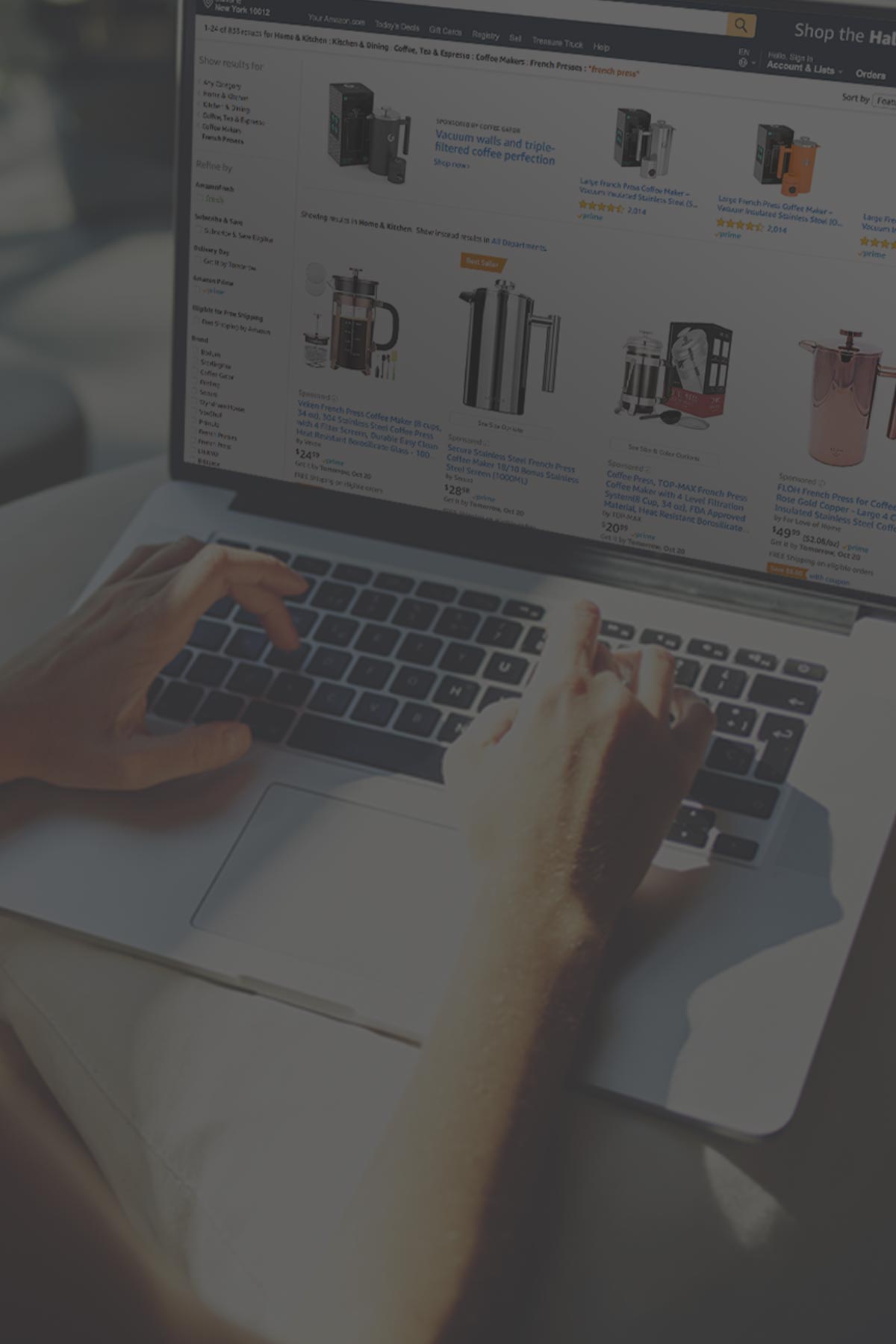
3. Traditional Amazon Advertising Strategies
How to Utilize Amazon’s Traditional Advertising Methods
73% of brands advertise on Amazon, up from 57% last year.5
Private label selling comes with specific challenges and unique differences to Buy Box selling. Whether you are facing direct or indirect competition, private label sellers will need to tap into the right high-level resources and marketing tactics to optimize the entire sales process, from discovery to conversion.
The advertising opportunities on Amazon can increase your exposure, generate incremental sales, boost your organic SEO rankings, and drive growth to your business. A great rule of thumb is to experiment with each ad type to see which yields the highest return, and then reallocate your budget from there to optimize performance.
Private label sellers can most effectively grow their business by offering more products on Amazon’s marketplace. The sellers who can cast a wider net of products, cross-sell between existing products, and develop new products to meet niche demands will grow the fastest.
Leveraging Sponsored Products ads is one of the most effective ways to push your growing catalog of private label products to the frontlines, as well as increase the organic ranking and sales performance of each product.
Indeed, Amazon’s Sponsored Products and Sponsored Brands offerings are Amazon sellers’ preferred methods for product promotion. Nearly three-quarters (74%) of sellers use the burgeoning ad suite to drive discovery and conversion.3
Amazon Sponsored Products
55% of brands on Amazon say Sponsored Products drive their highest return on ad spend (RoAS).5
The goal of Sponsored Products is to leverage compelling advertisements to capture shoppers’ attention. Sponsored Products ads are keyword-targeted pay-per-click (PPC) campaigns that appear within search results. Available to brands, private labels, and retailers, Sponsored Products mainly appear on the Amazon SERP, but they can also appear on product detail pages.
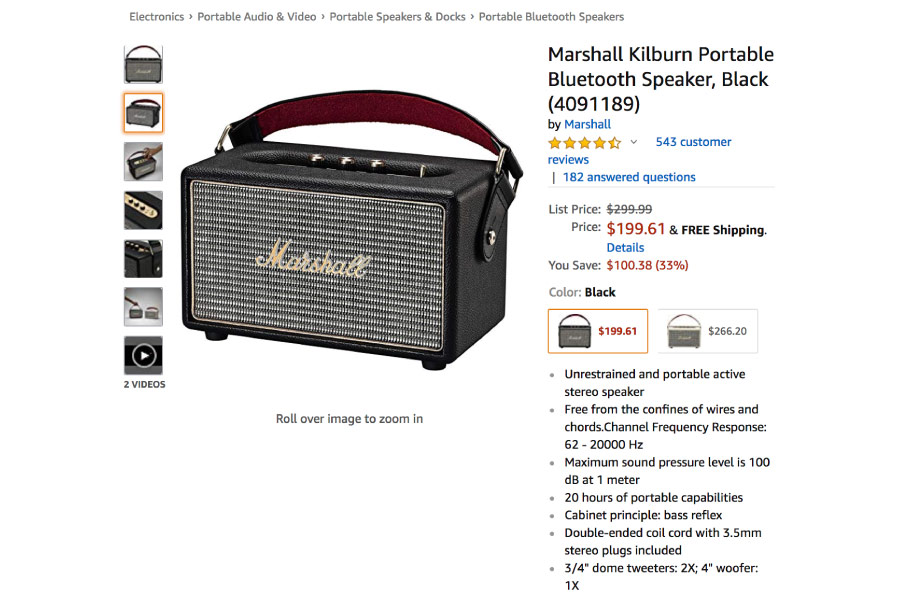
With Sponsored Products, because you have selected target keywords, you pay for performance — meaning that you only pay a fee when someone clicks on your ad. From there, the shopper will be taken to the detail page of the advertised product.
Because the program is keyword-driven, your products will only appear in a shopper’s search results if he or she is looking for a product that you offer. According to Amazon, these ads are particularly beneficial for product visibility, new offers, offers with low-glance views, clearance items, and seasonal promotions.
The more customers who discover your products, the more sessions, clicks, and purchases you will likely generate. As a result, the more volume you sell, the more your organic ranking will improve and the higher up your products will appear in the Amazon SERP.
Thanks to automatic and manual campaigns, negative keywords, bulk bid operations, and AI-driven campaign management, sellers have more advertising resources available to them than ever before. In the following section, we discuss how each of these allows sellers to leverage Sponsored Products for improved discoverability and bottom-line revenue.
3 Ways to Optimize Sponsored Products
1. Automatic and Manual Campaigns
With Sponsored Products, you can launch both automatic and manual campaigns, giving you more opportunities for ad placements. Targeting uses keywords and product types to serve your ads on search results and detail pages to relevant shoppers.
Automatic Campaigns:
With automatic targeting, an Amazon algorithm automatically collects and targets highly relevant keywords for the products you choose to advertise. You place bids on ad groups that contain a grouping of products rather than keywords.
Through search terms and related products, such as a listing of “Similar Products Related to This Item” that appear below the fold, automatic campaigns can provide additional benefits that you may not experience with a manual campaign.
However, going this route gives you less control compared to the manual campaign structure, which is explained below. Although automatic campaigns bid on relevant terms, there is the chance that these campaigns will bid on irrelevant terms.
Manual Campaigns:
While automatic campaigns can be thought of as casting a wide net for keywords and data, manual campaigns are considered to be much more controlled and targeted. With manual targeting, you can apply high-performing search queries for your automatic campaign or choose your own keywords.
When bidding, you can optimize your ad spend by choosing broad, phrase, or exact keywords and you can choose categories, products, brands, or features related to your product. Bidding at the keyword level grants more control over which queries will trigger your ads in search results. With manual targeting, it is easy to reduce bids or pause your low-performing keywords.
Over time, a combination of manual and automatic campaigns will best optimize keyword harvesting for your ads and will ensure comprehensive coverage on relevant search queries. By utilizing both types of campaigns, you are more likely to untap keywords that are converting as well as keywords that should be marked as negative because they are either underperforming or are irrelevant to your product and, therefore, are generating unnecessary PPC costs.
2. Negative Keywords
Beyond identifying popular keywords for your products, it is also important to find the keywords that are negatively impacting your search results and draining campaign ad spend. In contrast to relevant keywords with a high click-through rate (CTR) or conversion rate, negative keywords are terms that received significant volume but low performance (low CTR, low conversions).
For example, if you are selling wine glasses and bidding on the word “glasses,” with broad or phrase match, someone could type in “eyeglasses” and your ad could still populate. If the shopper accidentally clicks on your ad, you will be charged for that click. As such, you want to ensure you add and subtract negative keywords on an ongoing basis to avoid paying for unrelated searches and clicks.
Negative keywords give sellers an opportunity to be more efficient. They also help to sculpt your target audience in order to improve performance, lower the cost of sale, and increase ROI.
3. Go Beyond Bulk Operations With AI-Driven Campaign Management
With the bulk operations feature, Amazon has attempted to simplify the management process of multiple campaigns. Rather than having to create a campaign for a single product, you can do so for many at once.
You can also download the campaigns’ performance, make changes by adjusting bids, and move products to different campaigns and ad groups. As a first step to optimizing your private label campaigns, this feature is exceptionally useful.
However, with the continued influx of competition on Amazon, you will likely need a more efficient solution that can continually automate these processes in real time. Especially as your catalog expands, you will likely need more time to focus on other aspects of your private label operation.
Feedvisor’s AI-driven Advertising Optimization and Intelligence platform optimizes advertising campaigns with advanced, machine-learning technology. This solution automatically adjust bids according to your specific business strategies such as liquidation, new product launches, or profit generation. It also supports manual and automated campaigns for keyword harvesting and negative keyword identification and optimization.
Amazon Sponsored Brands
53% of brands on Amazon utilize Sponsored Brands campaigns.5
Sponsored Brands are PPC campaigns that are keyword-targeted and appear in the prominent positioning above Sponsored Products and organic search results. These campaigns are highly coveted, as they can appear on top of search results and help high-intent customers discover and engage with your brand.
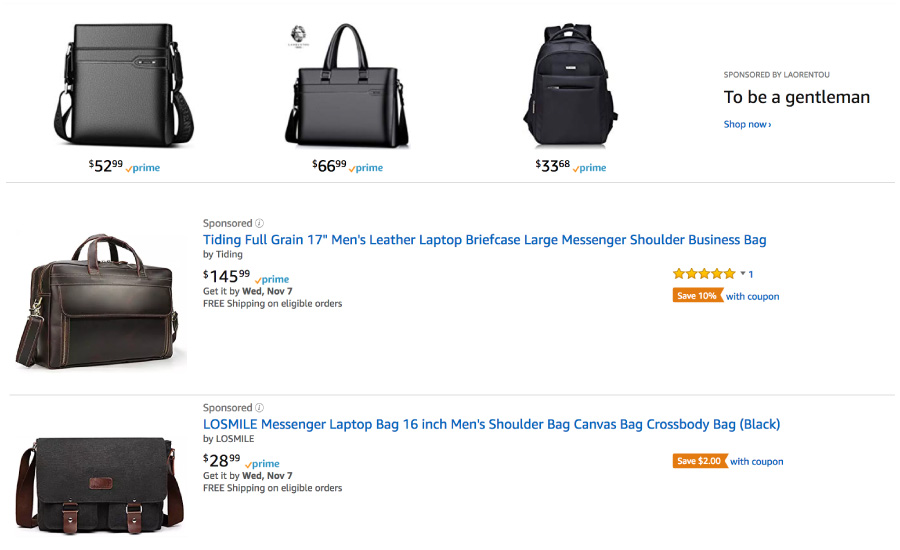
The ads feature customizable copy, your brand logo, and three spaces to showcase individual products within the creative. When a shopper clicks on a specific product’s image or copy within the ad, he or she is taken to the product detail page, whereas when a shopper clicks on the logo, headline copy, or “Shop Now” button, he or she is brought to the listing of the products included in the campaign.
Private label sellers who have completed the Brand Registry process can also use their Amazon Store as a landing page. Stores allow you to create your own website with your own branded URL on Amazon. As a curated destination, it can be used to showcase your brand story, value proposition, and products. We will discuss Amazon Stores in detail later in this guide.
Sponsored Brands are commonly utilized to drive sales and increase brand visibility, given their premium placement. Like Sponsored Products ads, Sponsored Brands should have a variety of keywords on all three match types, with bids based on their expected impact. High-traffic keywords should receive higher bids, while broader keywords should be assigned lower bids.
Amazon Promotions and Deals
Private label sellers can also take advantage of a variety of classic retail promotions in order to create buyer urgency and entice shoppers to convert. These types of promotions tend to lead to positive customer reviews, if executed properly. Examples of promotions and deals that are available on Amazon are outlined below:
Free Shipping:
Set up a limited-time, free-shipping offer for a subset of items in your portfolio.
Giveaways:
Run promotional giveaways to drive sales and get your products in front of new customers.
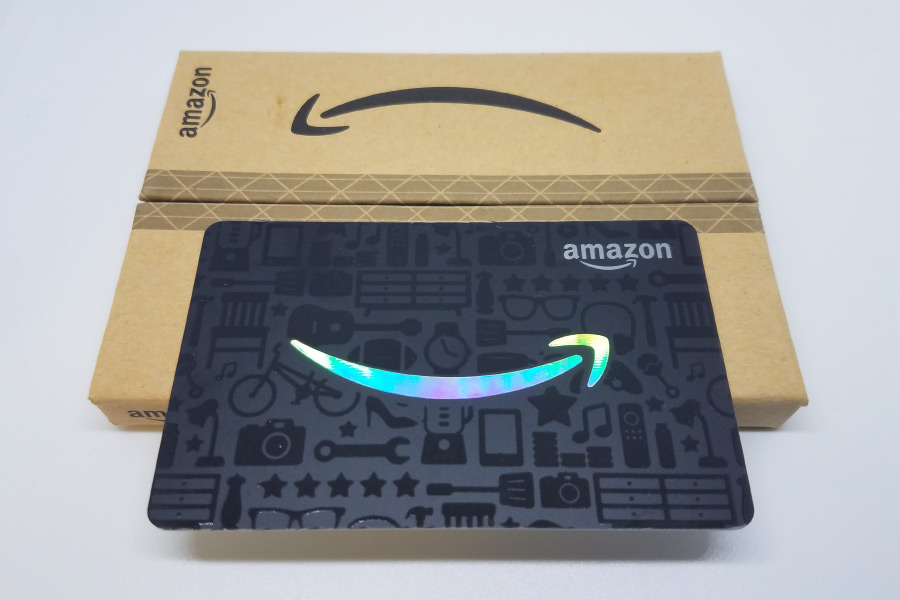
Social Media Promo Codes:
Create a custom promo code and receive a unique marketing page to share with customers on social media, in emails, or through influencer marketing, such as the Amazon Associates or Amazon Influencers programs.
Percentage Off:
Establish a promotion with a tiered discount structure to encourage the customer to buy more in order to get a greater discount. You can also discount single-unit purchases through a limited-time sale price.
Buy One, Get One:
Set up a limited-time, “buy one (or many), get one free” offer to highlight a new product or to sway your existing customers to buy differently.
Amazon Stores
Amazon Stores are free self-service products for brands, private labels, and vendors. They allow you to create your own multi-level Store on Amazon, centered around your product portfolio and brand ethos. Stores can gain traffic from organic locations on amazon.com, such as your brand name link on your product pages. You can also use it as the collective landing page for any of your Amazon or non-Amazon activities, driving brand awareness, cross-selling, and demand generation.
Amazon has a thorough content acceptance policy on what can be published on a Store. The Store can be reached through your brand byline on Amazon — which is your brand name near the product title on detail pages — and via your Store’s short URL, such as Amazon.com/BRANDNAME.
Customers may be able to find your Store when searching on engines such as Google if its search ranking is high enough. You can also drive traffic to your Store from your own external websites, social media, or through other marketing initiatives.
Additionally, Amazon this year is reportedly testing a new feature to have Stores appear in search results. The Store would appear at the bottom of search results within a carousel of brand stores alongside an image and name of the brand store. This will help increase brand awareness and promote storytelling campaigns.8
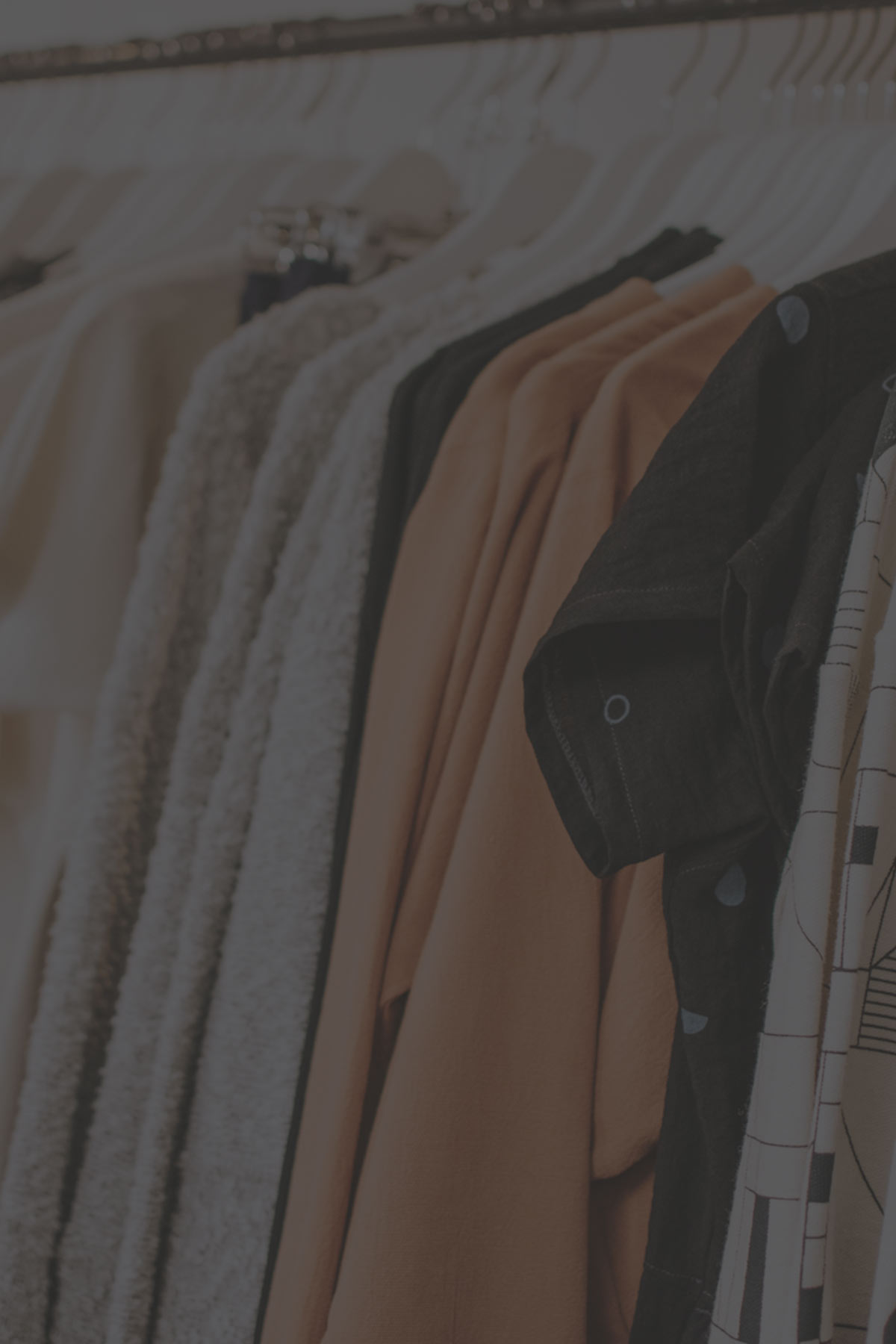
4. Non-Traditional Amazon Advertising Strategies
How to Utilize Amazon’s Non-Traditional Advertising Methods
With hundreds of millions of products available on Amazon’s marketplace, private label sellers must get creative in their strategies to outpace the competition and capture more revenue. Non-traditional advertising methods present new possibilities for driving brand awareness, product discovery, sessions, and conversions. Even if you do not utilize these methods in the short term, you will likely need to implement them in the future as your business scales.
These non-traditional advertising methods are relatively new in the world of Amazon selling. However, in the realm of content and marketing at large, these methods are standard. By learning how to incorporate them into your Amazon strategy, you will steadily begin to acquire the skills and experience necessary to create your own marketing campaigns to sell on your own website or off-Amazon channels.
Generally, if you can build your private label business on Amazon, other platforms, and your own website, you will expand your revenue streams, gain more control over your growth, and potentially mitigate the risks and challenges associated with selling on any one platform.
Amazon A+ Content
In September 2019, Amazon rolled up Enhanced Brand Content to A+ Content, so it is now the same across Seller Central and Vendor Central.9
Private label sellers who have registered as a brand have more opportunities than ever before to customize the shopping experience for their brand on Amazon. A+ Content is available to 1P brands and 3P sellers enrolled in Amazon’s Brand Registry, as well as emerging brand owners who are chosen for specific programs like Amazon Launchpad and Amazon Exclusives.
A+ Content is beneficial because you can inform customers’ purchase decisions by providing relevant product details. These details may end up accelerating conversion and reduce the likelihood of returns.

At the time of writing this guide, there is no charge for A+ Content. With the ability to change the product descriptions for branded ASINs, you can effectively illustrate your brand story through curated multimedia, such as enhanced images, charts, and text placements.
For example, a private label seller offering high-quality, premium sunglasses might be advertising through Sponsored Products during the holiday season. With A+ Content, that label has more room to showcase the unique value proposition of items, such as polarization, contrast, lens treatments, and so on.
You can also differentiate your products from the competition by conveying your brand story. You can also turn more advertising clicks into conversions, effectively reducing your advertising cost of sale (ACoS) and increasing your RoAS.
Whether you are creating the content yourself or you are using an external service such as Feedvisor’s managed services team, you must follow Amazon’s requirements for image uploads and text submissions. Once uploaded, Amazon will approve or reject your content within seven business days.
Amazon “Our Brands” Accelerator Program
48% of brands belong to the “Our Brands” accelerator program.5
If you are a brand manufacturer seeking to launch a new private label line on Amazon, consider participating in the “Our Brands” accelerator program. According to Amazon, when consumers see the “Our Brands” message above certain items on the platform, the item is either an Amazon private label brand or from a curated selection of brands exclusively sold on Amazon.10
Through an accelerator program targeted at brand manufacturers, Amazon is seeking out retailers that are willing to manufacture new items to be sold exclusively on Amazon and will become part of Amazon’s growing collection of private label brands, which has rapidly grown to over 406 brands.11
Participating brands receive onboarding support to help them effectively illustrate their brand’s value proposition and track performance, a suite of marketing services from Amazon’s merchandising team, and a strategic approach to testing new products and receiving feedback to optimize from there.
The program is a win-win for both Amazon and participating brands. For Amazon, it helps maintain market share, diversify its products selection, and drive incremental growth to its retail arm.
Advertising Outside of Amazon
By utilizing outside channels to drive traffic to your Amazon product listings, you will expand your potential customer base. You will also gain a competitive advantage, as you do not need to compete with other products on Amazon’s SERP. Instead you will send traffic right to your listing.
Strategically decide which platforms or sites make the most sense for your business and test them out. Here are a few options to consider:
- Organic social media: You can post from your business page and in relevant groups that target your ideal customer.
- Paid social media ads: You can pay for ads on Facebook, Instagram, YouTube, Pinterest, Reddit, and so on.
- Search network ads: You can utilize Google AdWords, Bing, and Yahoo here. With search engine marketing, your customers will see your ad on the results page when searching on one of these platforms for the items you offer. You only pay when a shopper clicks on your ad.
- Email distribution: If you have an existing email list, establish a cadence for email blasts to your database of contacts. If you do not, start building one based on customers that have purchased from you. To note, you will need to get consent from customers first.
- Affiliate or influencer marketing: Here, you can combine content and social media to build relationships with trusted, established people in your industry to drive your brand’s story and products to a target audience.
- Blog posts: These will be most effective if you have an active blog with an existing readership. When driving off-Amazon traffic to your product listings, you want to make sure that the increase in traffic is as high quality as possible so that visitors are more likely to convert.
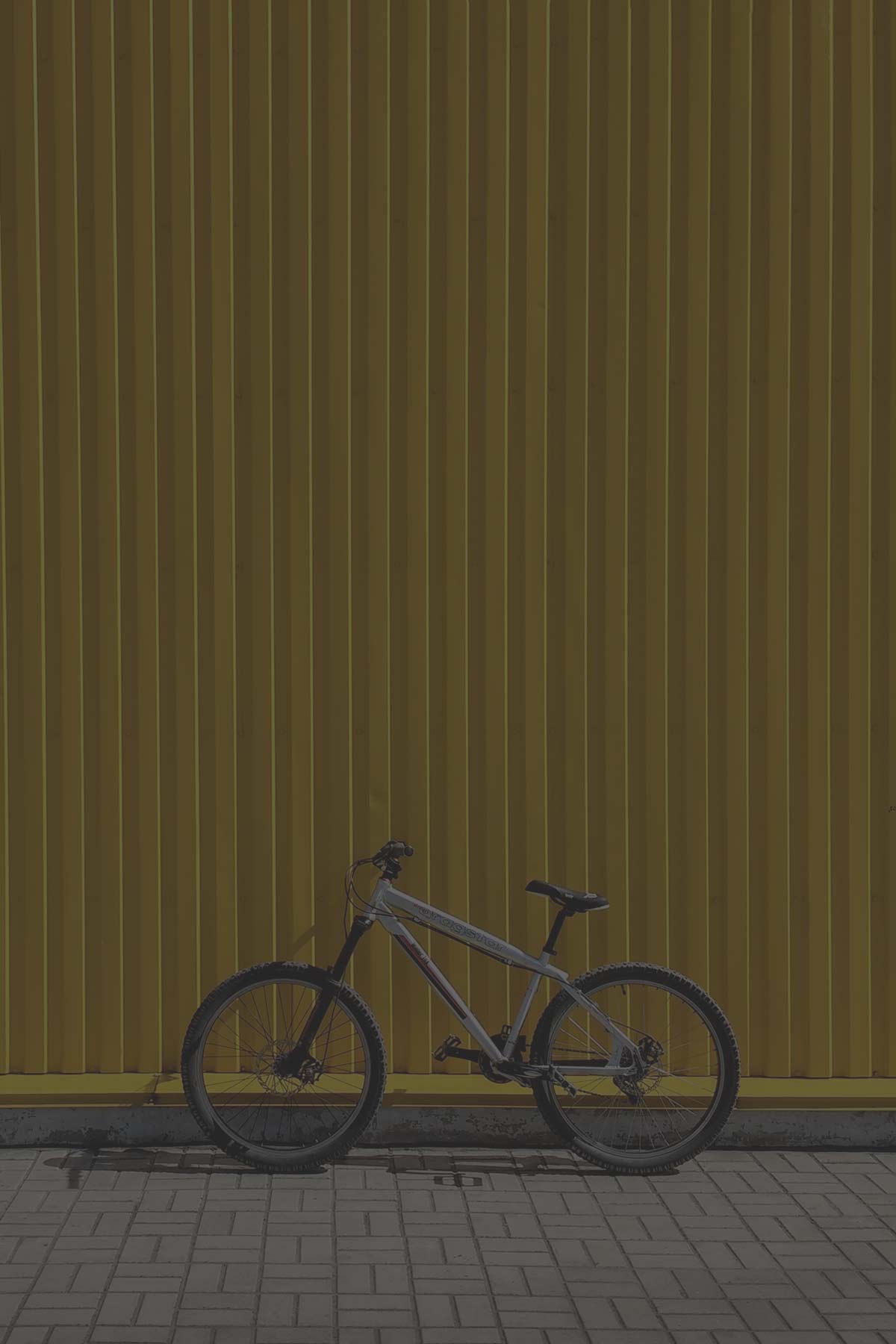
5. Conclusion
Optimize Your Marketing Strategy for Private Label Success
44% of consumers do not go past the second page of search results on Amazon.4
Certainly, launching or expanding your private label catalog is an effective strategy to overcome the rising competition on Amazon’s saturated marketplace, as it essentially eliminates the direct competition associated with Buy Box competitive products. However, ensuring product visibility and driving brand awareness is crucial to your private label’s growth.
Even if you have already experienced initial success with your private label line, every brand will sooner or later need to carefully allot their time and budget toward optimizing their operation. To make this process efficient, you can apply the best practices, tailored strategies, and leading third-party solutions that were referenced in this guide.
With Feedvisor’s AI-first platform, you can ultimately analyze customer, keyword, and product-level data and map these insights to your business strategies. With strategic advertising campaign optimization, driven by our cutting-edge, machine-learning technology, you can accelerate your product’s discoverability, session views, and conversions across your private label catalog to support your business as you scale.
Get Access
Fill out this form to gain full access to the guide. Please note that the form might not appear if you are using ad blockers.